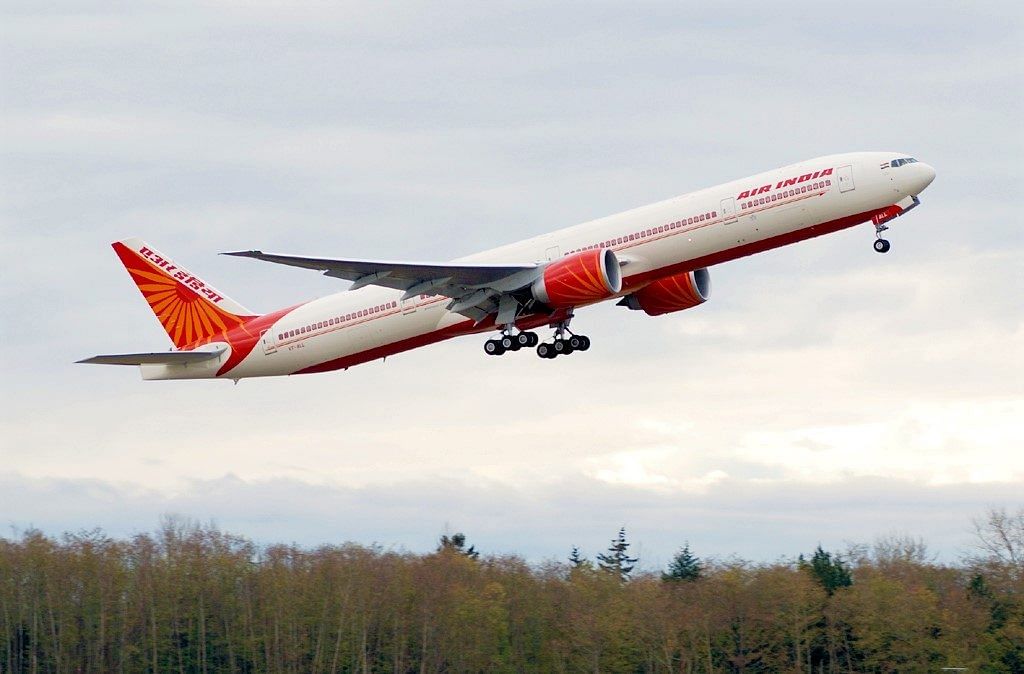The govt wants to sell a 76% per cent stake in AI that comes with a debt of Rs 33,392 crore; the remaining 24% is likely to be sold later, when share prices go up.
New Delhi: The government has invited bids for a 76 per cent stake sale in the ailing flag carrier Air India and even though the announcement was widely expected, questions are being raised over the decision to retain a 24 per cent ownership.
Jayant Sinha, minister of state for civil aviation, sought to address that question in an interview to CNBC TV18 and said that the government was following the Maruti model but did not elaborate.
So what exactly was the Maruti model? ThePrint revisits one of India’s most successful sale of a public sector company.
The Maruti-Suzuki model
In October 1982, the then Congress government had signed a joint-venture agreement with Suzuki Motor Corporation to start Maruti Udyog.
In 2002, the government decided to sell a part of its equity stake in Maruti, thereby ceding total control to Suzuki Motor Corporation. It was only in 2007 that the government completely exited Maruti.
“Government is not in a hurry to sell 100 per cent shares. The value of the (Air India) shares today is not very high,” said R.C. Bhargava, former chief executive and current chairman of Maruti Suzuki.
“If in 2-3 years it becomes a profitable company, the balance 24 per cent of the shares will be sold at a higher price. So, it makes a lot of sense to not sell 100 per cent at one go,” he added.
The relevance of 24 per cent of the share is that it doesn’t give the government right to veto decisions, said Bhargava.
“For that you need 26 per cent. So, the government is not seeking to have any control over the company. This is what they did in Maruti also,” Bhargava explained.
The idea behind the AI stake sale is that the new owner of the company will hopefully revive the company and turn it profitable. “Maruti after disinvestment has grown much faster and has created much more value for shareholders and the purpose of selling the shares is to create value,” Bhargava said.
“Maruti today is almost a Rs 3-lakh crore company and it is Indian wealth and the same thing would happen in Air India,” he said.
The Air India deal
The government plans to sell a 76 per cent stake in the loss-making airline that comes with a debt of Rs 33,392 crore.
It will also sell its entire stake in the national carrier’s budget arm — Air India Express, as well as a 50 per cent stake in its ground-handling unit — SATS Airport Services — according to bid documents released by the ministry of civil aviation.
The bids for the 85-year-old carrier, which flies both on domestic and international routes, are expected to be submitted by 14 May.
The loss-making entity, which has been kept afloat by taxpayer-funded bailouts, received in-principle approval for the strategic divestment from the Cabinet Committee on Economic Affairs (CCEA) mid-2017.
Control and ownership
According to the bid document, the selected bidder would need to retain its stake in Air India and management control of the airline for at least three years. In addition, the successful bidder would need to ensure that Indian nationals continue to be vested in the substantial ownership and effective control of Air India and Air India Express.
For the fiscal year April through February, the government has raised Rs 92,493 crore via stake sale in public sector units, according to data from the finance ministry.
